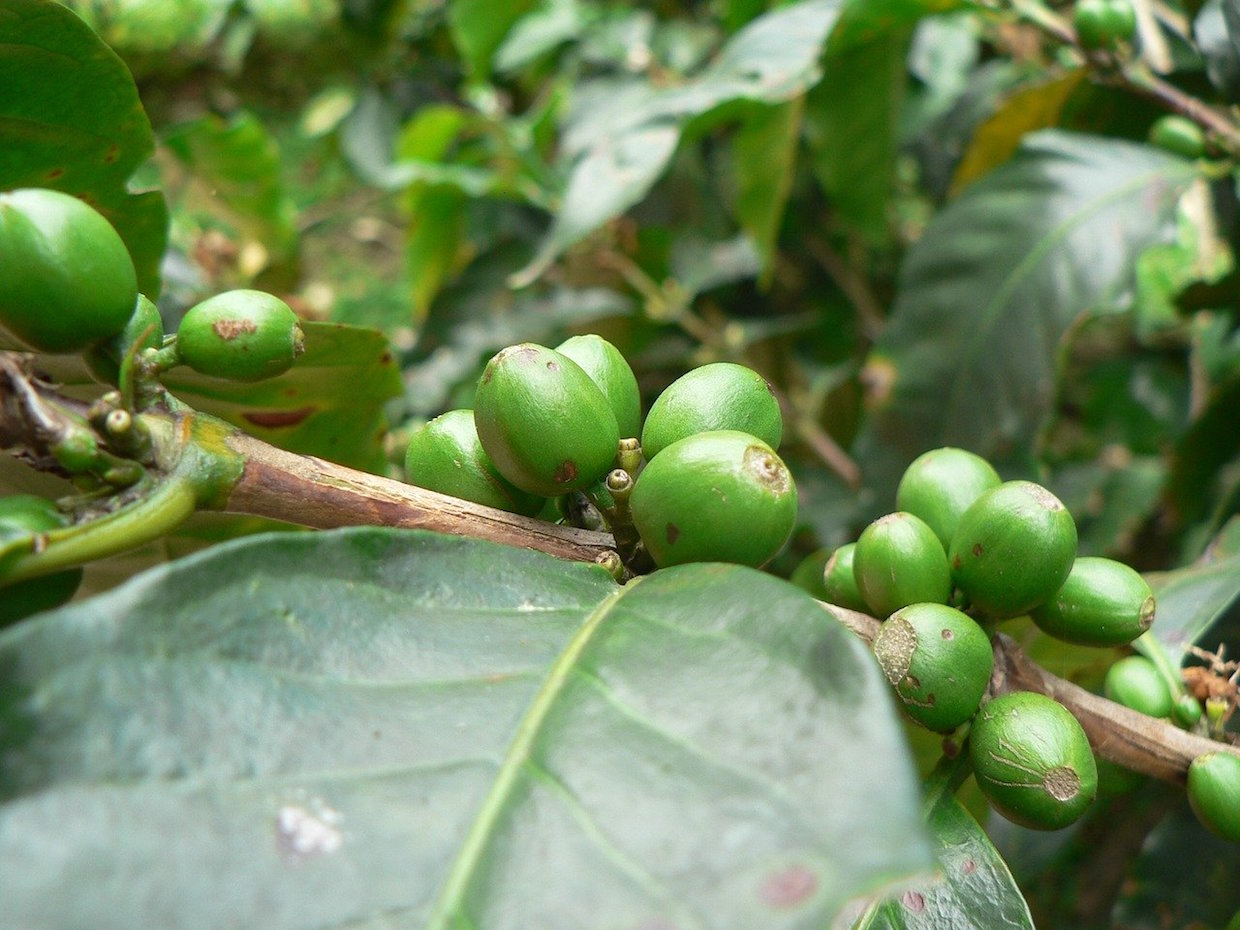Among the myriad corporate coffee promotional efforts, retail coffee giveaways and even a #coffeepledge to promote the work of coffee farmers last International Coffee Day (Oct. 1) was a groundbreaking report from the International Coffee Organization (ICO).
Produced with financial support from the German economic development ministry, The Coffee Development Report (CDR) 2019 is the first issue of a new annual flagship publication from the nonprofit ICO.
Over the course of 84 pages of analysis of ICO data, outside research and input from five consultative sessions on three continents, the report provides a fascinating overview of the coffee market on a macro level, naturally focusing on the price crisis that characterized the global market over the past two-plus years.
In unprecedented detail, it explores the root causes and impacts of coffee prices and price volatility on the global market, while also outlining 50 possible actions that might be taken to help create a more coffee-diverse and sustainable coffee sector.
“Through rigorous quantitative analysis, the relationship between coffee farming and socio-economic indicators such as poverty and food security is examined,” the ICO said in an announcement of the report. “The solutions identified seek to address low price levels and price volatility in order to meet the long-term sustainability goals set out in the United Nations 2030 Sustainable Development Agenda.”
The first of three main sections of the report focuses on market and other factors determining price levels and volatility. According to the ICO’s spectacular analysis, many of these factors have been at play for decades, apparent during numerous previous bust cycles in coffee prices, such as the early 2000s. However, the report brings to light many realities that are specific to 2019 heading into 2020, including a growing spacial concentration of coffee production resulting in a problematic loss of coffee diversity, and the growing consolidation on the demand side, despite the growth in emerging consumer markets.
“Phases of boom and bust are a recurring theme in commodity markets and coffee is no exception,” the report states. “Naturally, similarities can be found with previous periods of low price levels, such as the market downturn in the early 2000s. However, there are profound and important differences. Since the previous coffee crisis, the structure of the coffee market has changed with a concentration of production in fewer origins on the supply side and a consolidation of the industry on the demand side.”
While the entire first section enumerates the many ways in which the coffee market has been negatively affecting supply chain diversity while creating problematic socio-economic outcomes at origin, the second major section proposes solutions end even some reason for optimism.
In the specialty coffee sector, in particular, more just trading practices, marketing initiatives, third-party certification schemes, technological advancements toward knowledge-sharing and transparency, and an overall uptick in ethical consumerism in main consumer markets have collectively exhibited the potential to promote positive socio-economic change for actors throughout the chain.
“The report reaffirms the commitment of the ICO in supporting its members and all coffee stakeholders to achieve inclusive and sustainable development and to meet all 17 Sustainable Development Goals,” ICO Executive Director José Sette wrote in the report’s introduction. “A key message of the report is that the sustainable and inclusive development of the coffee sector requires major shifts, through enhanced sector-level cooperation based on shared values and responsibilities and an alignment of actions, funding and schemes through pre-competitive action, public-private partnerships and investments.”
Beyond all that macro terminology, there’s way too much good stuff in the report to try to unpack here, so we recommend heading straight to the source.
Nick Brown
Nick Brown is the editor of Daily Coffee News by Roast Magazine.








Comment